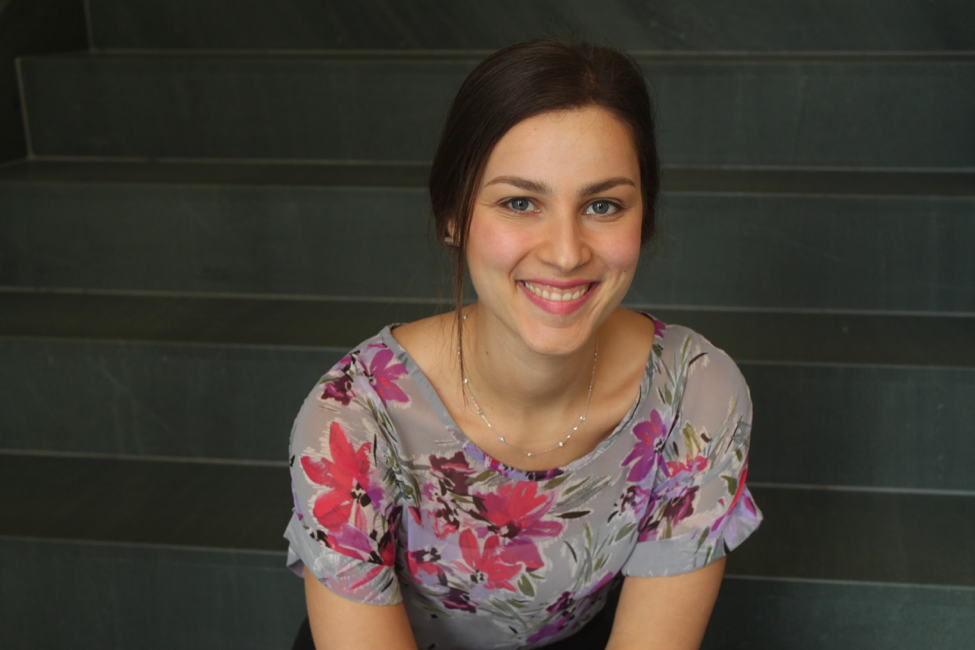
In this article, we explore Sensory Processing Disorder (also called sensory integration or sensory sensitivity), and how these issues can be alleviated and treated, and strategies parents and caregivers can use at home and school to help ease day to day life. Stages Learning Materials provides a comprehensive collection of products that alleviate sensory challenges.
In many ways, we experience the world around us through our five senses. Our brains collect information like sights, sounds, and smells, and use that information to help us understand our surroundings. Each one of our senses works together to form a complete picture for our brains, and if one of them is altered, they are all affected. Children who experience sensory processing issues are not receiving neurotypical information sent from their senses to their brains, and therefore struggle to produce appropriate motor and behavioral responses to external stimuli. This can make everyday tasks very overwhelming for children and their caregivers, and can result in behavioral episodes that leave parents wondering how to help and what to do.
What is Sensory Processing Disorder?
Sensory Processing Disorder (SPD) is a neurophysiological condition in which the brain and nervous system have trouble integrating external stimuli. This can mean that children with SPD are over- or under-responsive to stimuli including sights, sounds, smell, taste, or touch. SPD can affect just one sense - for example, just touch or smell - or it can affect multiple senses at a time. Not all children with Autism Spectrum Disorder have SPD, and not all children with SPD have Autism Spectrum Disorder. However, many children with autism also experience moderate to severe symptoms of SPD, and sensory processing issues can be used as symptomatic indicators of Autism Spectrum Disorder
Below are some symptoms of SPD to help you determine whether your child may be experiencing sensory processing issues:
- Intolerance to certain textures in both food and clothing - Certain fabrics, like wool, may feel unwearable to a person experiencing sensory processing issues. They may also resist certain textures, tastes, or colors of food groups.
-
 Intolerance to certain noises, or loud noises - Certain sounds, like a particular instrument or a very loud noise, can cause children with sensory processing difficulties to feel panic, and they may quickly attempt to leave situations in which this stimulus is occurring. This may also manifest itself as turning away from someone who is speaking, like a teacher or adult, if the child finds the speaker’s voice too loud, or as covering their ears during a fire drill or a loud moment in a classroom or group setting.
Intolerance to certain noises, or loud noises - Certain sounds, like a particular instrument or a very loud noise, can cause children with sensory processing difficulties to feel panic, and they may quickly attempt to leave situations in which this stimulus is occurring. This may also manifest itself as turning away from someone who is speaking, like a teacher or adult, if the child finds the speaker’s voice too loud, or as covering their ears during a fire drill or a loud moment in a classroom or group setting.
- Overproducing sounds to compensate- On the other hand, if a child with sensory processing issues is under-experiencing auditory stimulation, they may speak louder than those around them, hum to themselves, or prefer music louder than anyone else in order to meet their auditory stimulation needs.
- Difficulty using fine motor skills - This can show itself through children struggling to button their own clothing at a developmentally appropriate time, struggling to use scissors, trouble with handwriting, or generally struggling to use pens and pencils.
- Misjudging spatial arrangements and bumping into other people/objects - People with sensory processing issues may struggle to understand how their bodies and other objects move in space, and they may bump into things as a result. They may also over and under react to this physical contact, depending on how they experience the stimulation of contacting another person or object.
- Desiring to wear sunglasses indoors or aversion to light - If a person with sensory processing issues encounters a visual stimulation that they are over-experiencing, they may experience it as pain and try to avoid it.
What are Strategies and Treatments for Sensory Processing Issues?
Sensitivities to external stimuli can cause great barriers to participating in life, and therefore treatments to help sensory processing issues are some of the most highly requested by parents, caregivers, and teachers. Below are strategies and therapies that can help ease sensory experiences for children who either over-experience stimuli or seek out additional stimuli.
Sensory-Based Strategies
These strategies can be used at home, school, and other predictable locations to help desensitize children to their environments and ease how they over- and under-experience stimuli.
- Auditory Strategies
- Use noise-cancelling headphones during independent work time at school or loud points of the day at home
- Desensitize a child to predictable noises by slowly integrating him or her into the environment, potentially repeatedly
- Use a white noise machine at night
- Use a whisper phone to help children focus on individual sounds and words
- Visual Strategies
- Limit visual clutter in classrooms or at home
- Put picture labels on containers
- Use picture templates of where items belong on a desk, in a locker, or in a bedroom, etc.
- Use an alternative to overhead fluorescent lighting
- Allow a student to sit with their back to a teacher
- Ask if another student or teacher can provide a copy of class notes
- Taste Strategies
- Introduce new foods gradually over time by encouraging children to touch, lick, and smell new food rather than asking them to bite and chew it the first time it’s introduced
- Use food cards to visually preview and lead up to tasting new foods
- Consult a nutritionist about healthy diet options
- Smell Strategies
- Use scent-free laundry detergent
- Use minimal amounts of cologne and perfume
- Keep on-hand a scented lamp, essential oil dispenser, or diffuser with a scent your child has identified as soothing
- Use an aromatherapy machine at night to ease bedtime routines
-
Tactile StrategiesStages Learning Wiggle Cushions 
- Use stress balls, fidgets, wiggle cushions, and theraputty to aid in concentration in class
- Experiment with different types of clothing (i.e. cotton vs. wool, clothing brands without tags, washing clothes several times before wearing, etc.)
- Invite students to use a rocking chair or bean bag for independent work time or reading time
- Use an electric toothbrush with with children seeking additional stimuli, and a very sensitive bristle toothbrush for children who over-experience stimuli
- Use of a weighted blanket or weighted vest to provide calming touch stimuli
Sensory Integration Therapy - practiced by occupational therapists, sensory integration therapy uses play activities that are designed to change how the brain responds to external stimuli, such as touch, smell, taste, and sight. Research into this relatively new type of therapy is ongoing, but a recent study has shown statistical benefits. This therapy is different from calming strategies like weighted blankets and vests because it is intended to produce lasting change in how children with ASD’s brains function.
For more on sensory processing issues, see: Do Sensory Processing Issues Get Better Over Time?
For more on home and classroom sensory activities please see this sensory activities guide.





